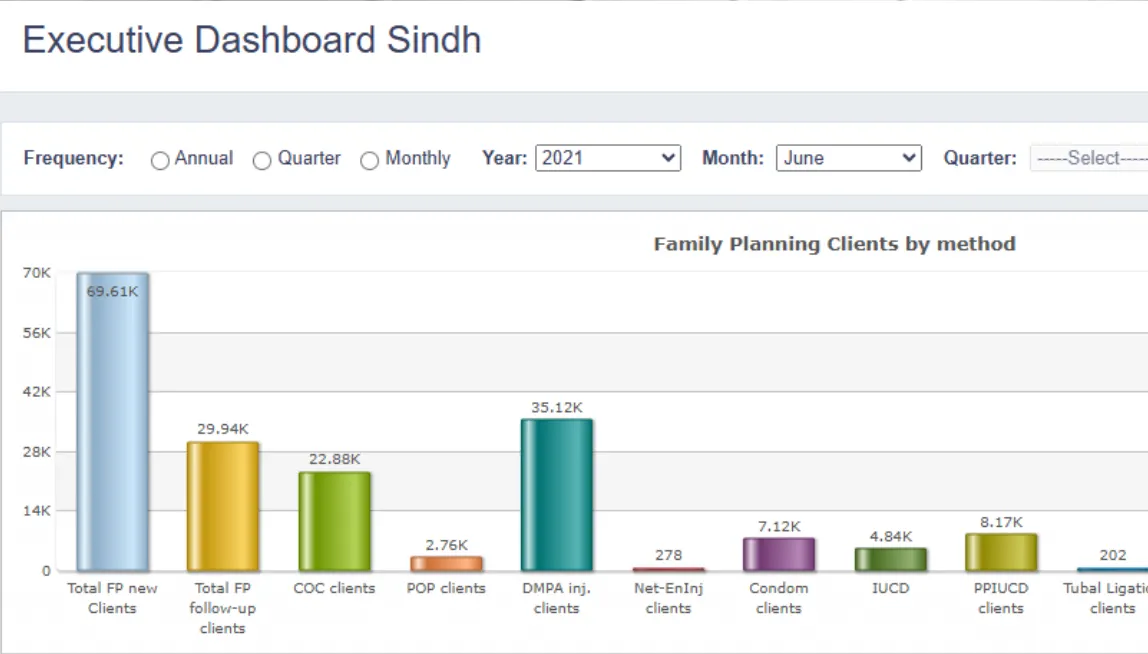Home » DHIS 2
At the heart of modern Health Management Information Systems (HMIS), DHIS2 is key to monitoring health service delivery, conducting disease surveillance, and empowering evidence-based decision-making. Its extensive implementation drives informed strategic planning and financial management within public health, significantly strengthening overall health systems.
Under the NHSP, DHIS2 is poised for further enhancement through the strategic integration of various databases. This integration is paramount for ensuring the effective utilization of health data across the system. The objective is to cultivate a unified information system capable of consistently generating standardized, high-quality data.


DHIS 2 is a robust and complex software. Building capacity ensures that users understand its functionalities—from data entry to analysis. Without proper training, users may struggle with navigation, data entry, and generating reports


In conclusion, capacity building is essential for the success of DHIS 2 as it enables users to fully utilize the system, making it an effective tool for improving health outcomes, monitoring public health programs, and supporting data-driven decision-making. Therefore, training at all levels is critical to achieving the desired results. This plan includes capacity building for healthcare providers, relevant data personnel, managers, and monitoring teams. It will involve new training for existing and newly hired staff, refresher courses for those already trained, and an increase in the number of data users across all health facilities to meet the goals, the refresher training will be determined by analyzing factors i.e. technological advancements, need assessment and the feedback from participants. Regular monitoring will be conducted to assess staff knowledge and skills, ensuring continuous capacity building efforts.
